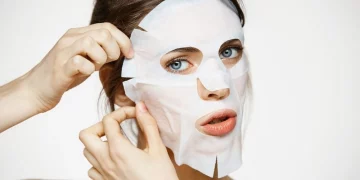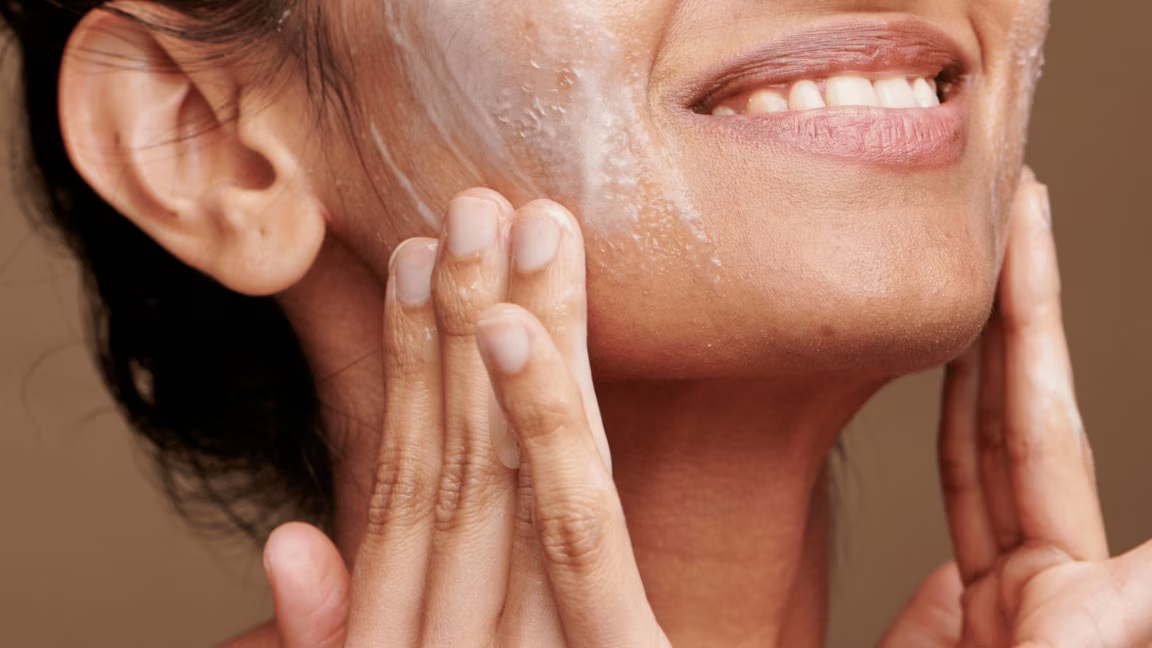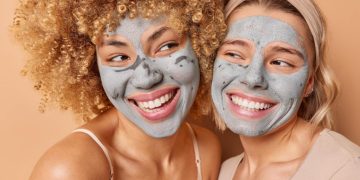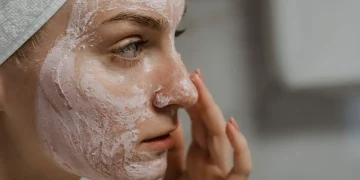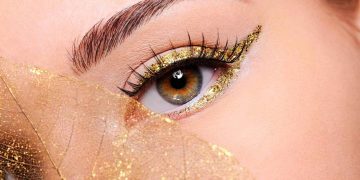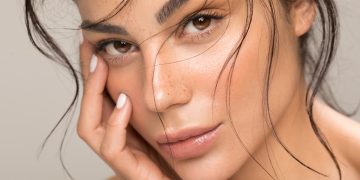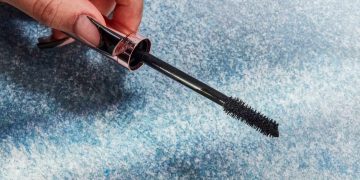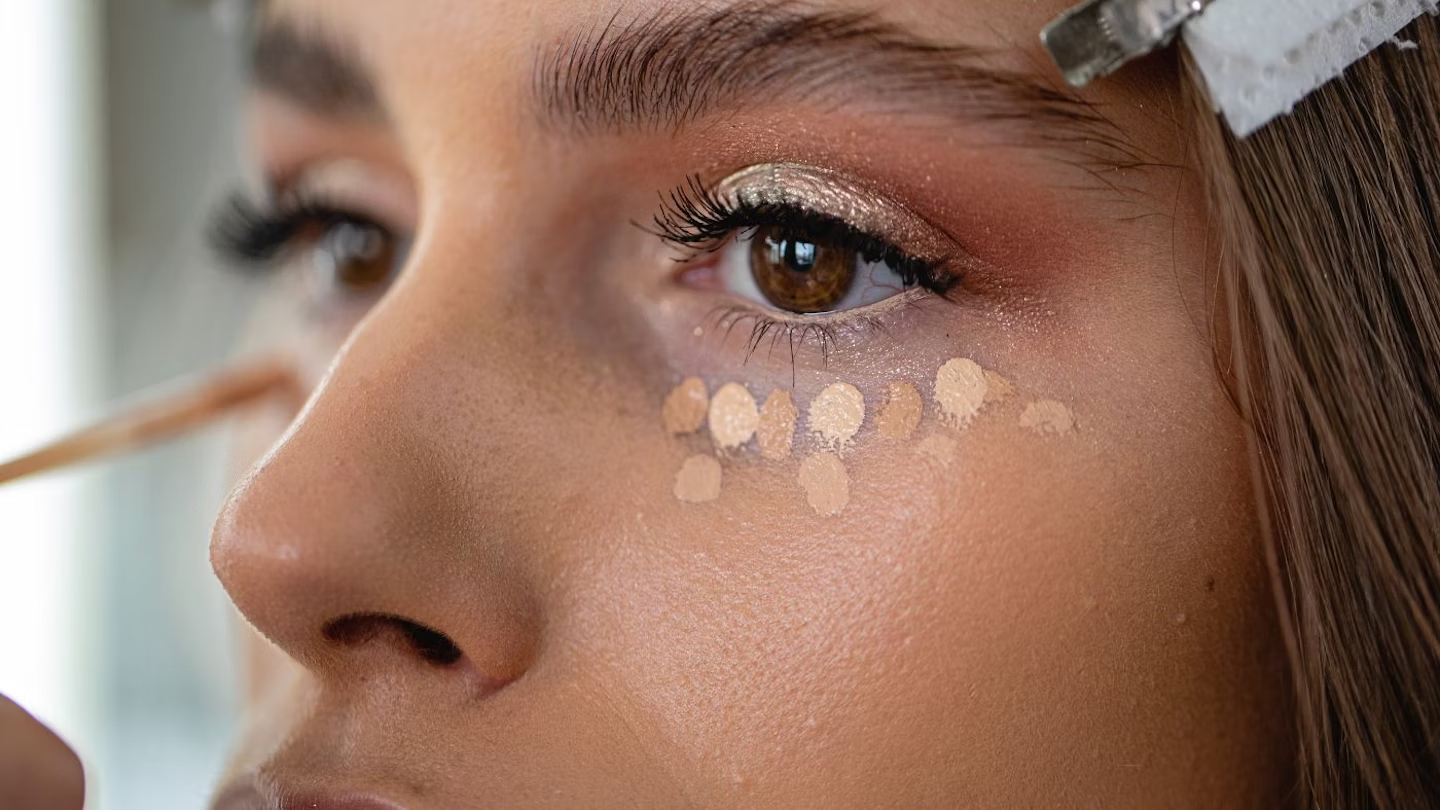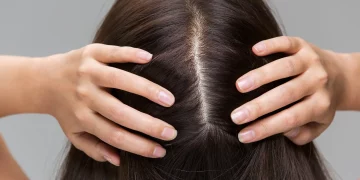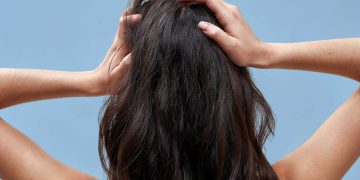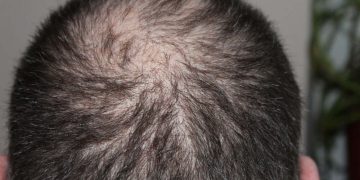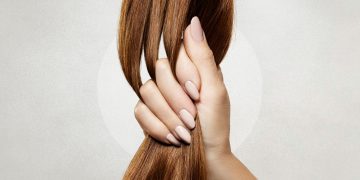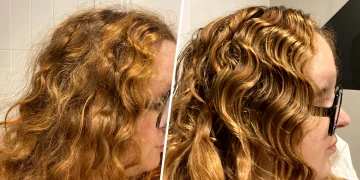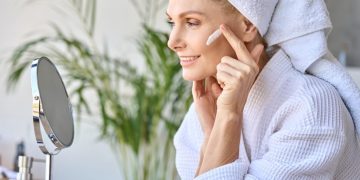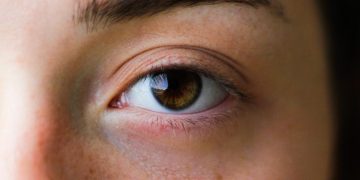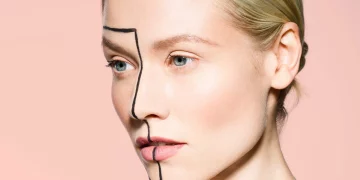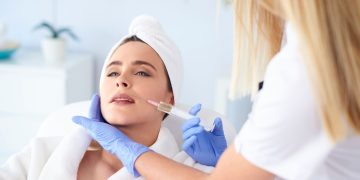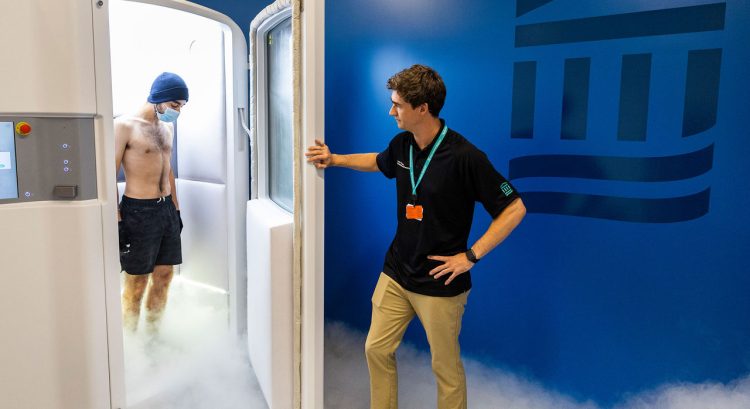Cryotherapy, the use of extreme cold for therapeutic purposes, has gained significant attention in the world of beauty and skincare. While traditionally associated with muscle recovery, sports medicine, and pain relief, cryotherapy has recently made its way into skin rejuvenation treatments. By exposing the skin to extremely cold temperatures, cryotherapy is said to promote skin healing, improve texture, reduce inflammation, and enhance collagen production. But is it truly effective, and are there any risks involved? This guide explores the science behind cryotherapy for skin rejuvenation, its benefits, potential risks, ideal candidates, and when you might consider incorporating it into your skincare routine.
1. Introduction: What Is Cryotherapy and How It Works for Skin?
Cryotherapy refers to the application of extremely cold temperatures to specific areas of the body for therapeutic purposes. In the context of skin rejuvenation, cryotherapy typically involves using nitrogen vapor, cryo-chambers, or localized ice treatments to expose the skin to sub-zero temperatures for a brief period. This technique is thought to stimulate various biological processes within the skin, resulting in smoother, younger-looking skin.
In a professional cryotherapy treatment for skin rejuvenation, the skin is usually exposed to cold for anywhere from a few seconds to several minutes. This brief exposure is said to trigger the body’s natural healing responses, leading to improved skin appearance over time. Cryotherapy is commonly used in dermatology and cosmetic procedures to reduce the signs of aging, such as fine lines, wrinkles, and skin laxity.
2. Mechanism of Action: How Extreme Cold Influences Skin Regeneration
Cryotherapy works by applying extreme cold temperatures to the skin, causing blood vessels to constrict and then dilate once the treatment is over. This process, known as vasoconstriction and vasodilation, helps to flush out toxins and increase blood flow, leading to various positive effects on the skin.
Here’s a deeper look at the mechanism of action:
1. Constriction and Dilation of Blood Vessels
When the skin is exposed to cold, blood vessels constrict to preserve heat and reduce blood flow to the surface. Once the cold stimulus is removed, the blood vessels expand and allow a rush of fresh, oxygenated blood to flow into the skin. This increased blood circulation helps deliver nutrients to the skin cells and encourages the removal of waste products, promoting healing and regeneration.
2. Stimulation of Collagen Production
Cold temperatures can stimulate the production of collagen, a protein that plays a crucial role in maintaining the skin’s elasticity and firmness. Collagen production naturally decreases with age, which contributes to sagging skin and the appearance of wrinkles. By stimulating collagen synthesis, cryotherapy can help to improve the skin’s texture and reduce the visible signs of aging.
3. Cell Regeneration and Healing
The shock from the cold can also trigger the body’s natural healing processes, leading to cell regeneration and the formation of new, healthier skin cells. This regenerative effect can help improve skin tone, texture, and overall radiance.
3. Benefits: Reduced Inflammation, Improved Skin Texture, and Collagen Production
Cryotherapy has been praised for its many benefits in skin rejuvenation. Below are some of the key advantages of cryotherapy for the skin:
1. Reduced Inflammation
Cryotherapy is known to reduce inflammation by constricting blood vessels and limiting the production of inflammatory cytokines. In the context of skin, this can help calm conditions like acne, rosacea, and puffiness. Reducing inflammation helps to prevent the breakdown of collagen and elastin, allowing the skin to remain youthful and healthy.
2. Improved Skin Texture
Cryotherapy can improve the texture of the skin by promoting blood circulation and oxygenation. This increased blood flow encourages skin cell regeneration, leading to smoother, more even-toned skin. It may help to reduce rough patches and promote a radiant, youthful complexion.
3. Increased Collagen Production
As mentioned earlier, cryotherapy stimulates the production of collagen, a key component in maintaining skin’s firmness and elasticity. By increasing collagen levels, cryotherapy can help to minimize fine lines and wrinkles and promote firmer, tighter skin.
4. Enhanced Skin Tone
Cryotherapy helps to improve the overall tone of the skin by enhancing circulation and promoting cell turnover. This can reduce the appearance of dark spots, hyperpigmentation, and other skin discolorations, leaving the skin with a more even and glowing complexion.
5. Detoxification
The process of vasoconstriction and vasodilation helps to flush out toxins from the skin, which can improve the skin’s appearance and reduce acne breakouts. The increased blood flow delivers essential nutrients to the skin, promoting a healthy, detoxified look.
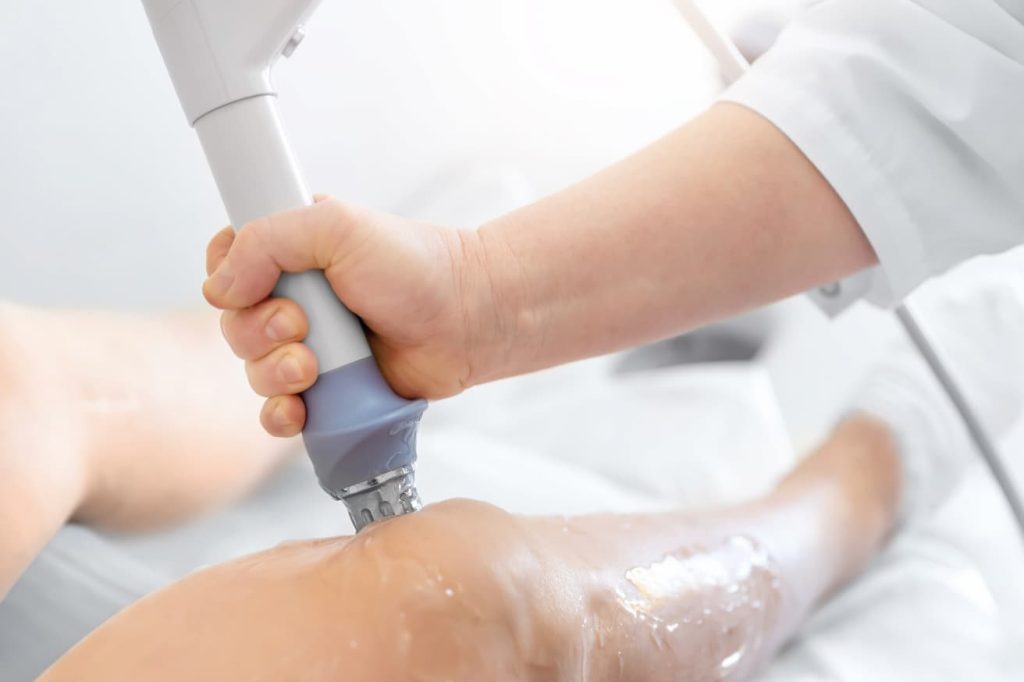
4. Risks and Considerations: Who Should Avoid Cryotherapy
While cryotherapy offers numerous benefits, there are some potential risks and precautions that you should consider before undergoing the treatment. Although the procedure is generally safe when performed by a trained professional, it may not be suitable for everyone.
1. Skin Sensitivity
People with sensitive skin or conditions like eczema or psoriasis should be cautious with cryotherapy. The extreme cold could potentially exacerbate irritation or dryness, leading to flare-ups or discomfort. If you have a history of skin reactions, it is advisable to consult with a dermatologist before trying cryotherapy.
2. Cold-Induced Allergies
Individuals who are allergic to the cold, a condition known as cold urticaria, should avoid cryotherapy treatments. This rare condition causes hives and skin irritation when exposed to cold temperatures, and cryotherapy could worsen the symptoms.
3. Underlying Health Conditions
People with certain underlying health conditions, such as Raynaud’s disease (a condition that affects blood flow to the extremities), circulatory disorders, or heart disease, should avoid cryotherapy. The sudden constriction and dilation of blood vessels could be risky for those with compromised circulation.
4. Pregnancy
While cryotherapy has not been studied extensively in pregnant women, it’s typically recommended to avoid any non-essential treatments during pregnancy, especially those involving extreme temperatures. Always consult with a healthcare provider before considering cryotherapy while pregnant.
5. Inexperienced Practitioners
Cryotherapy should only be performed by trained and certified professionals who understand the risks and techniques involved. Choosing an inexperienced or unqualified practitioner could increase the risk of injury or complications, such as frostbite or skin damage.
5. Ideal Candidates: The Best Candidates for Cryotherapy
Cryotherapy can be effective for a variety of skin concerns, but not everyone is an ideal candidate for this treatment. The best candidates for cryotherapy are typically individuals who:
- Have Early Signs of Aging: Cryotherapy can be a great option for individuals in their 30s or 40s who are looking to prevent or minimize the appearance of fine lines and wrinkles.
- Suffer from Acne or Rosacea: Those with inflammatory skin conditions such as acne or rosacea may benefit from cryotherapy’s anti-inflammatory effects, which can help calm flare-ups and reduce redness.
- Desire Skin Rejuvenation: If you want to improve skin texture, tone, and elasticity without invasive treatments, cryotherapy could be an excellent option to promote overall skin health.
- Are in Good General Health: Individuals who are generally healthy and don’t have any contraindicating conditions are the best candidates for cryotherapy. Healthy skin that is free from active infections or extreme sensitivities is ideal for this treatment.
6. Conclusion: Why You Might Consider Cryotherapy for Skin Rejuvenation
Cryotherapy has become a popular treatment for skin rejuvenation due to its ability to improve skin texture, reduce inflammation, and promote collagen production—all with minimal downtime and relatively few risks. If you’re looking to enhance your skin’s appearance without the need for invasive procedures, cryotherapy offers a promising alternative.
However, as with any skincare treatment, it’s important to consider your individual skin type, health status, and goals before opting for cryotherapy. Consulting with a qualified dermatologist or aesthetician can help determine whether cryotherapy is right for you and ensure that it’s performed safely and effectively.
Whether you want to rejuvenate your skin, reduce signs of aging, or improve overall skin tone and texture, cryotherapy may be worth considering as part of your skincare regimen. Just make sure to weigh the potential benefits against any risks, and always prioritize your skin’s health and well-being.


